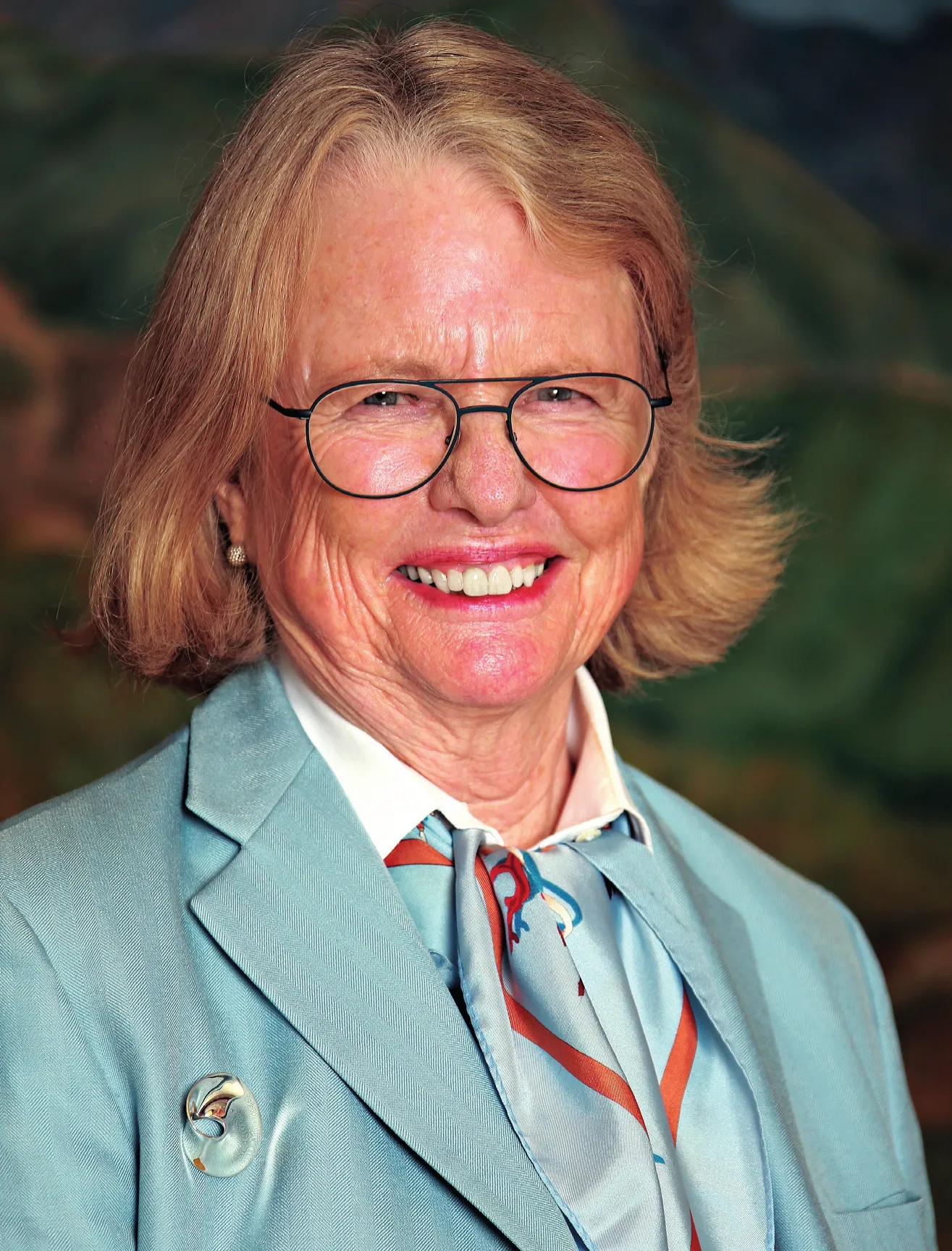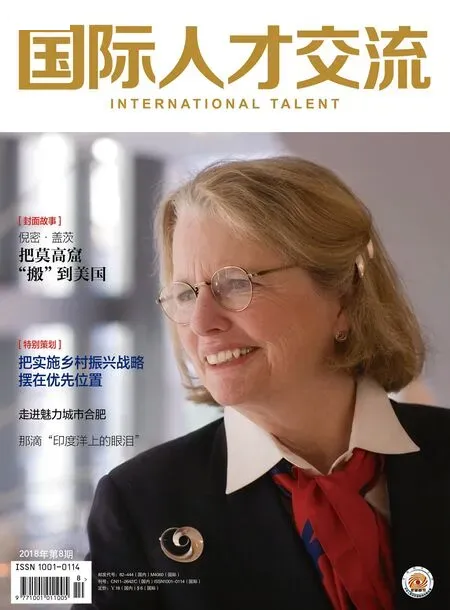In Love with the Grottoes
By Liu Xiangrui
The 74-year-old US art historian Mimi Gates has passionately participated in the conservation of the Dunhuang relics for years. Liu Xiangrui reports.
When Mimi Gates speaks about the Mogao Grottoes in Dunhuang, Northwest China’s Gansu province, she goes from the cultural and historical background of the caves to the vivid details of certain paintings there.
The 74-year-old US art historian has served as the chair of the Dunhuang Foundation in the United States since 2010 and has participated in the conservation of Dunhuang’s relics for years.
Looking back, Gates says the decision to visit Asia when she was young instead of studying in Italy, as her parents wished, changed her life.
She found herself attracted to Asian culture, and decided to start with China.
So Gates studied Chinese language and history when she was a student at Stanford University. She later earned a master’s degree in Oriental and Chinese Studies from the University of Iowa, and a PhD in Art History from Yale University.
“Chinese art was always close to my heart, and it was always my primary interest,” says Gates.
She worked at the Yale University Art Gallery for years,fi rst as a curator and later as its director. She became the head of the Seattle Art Museum in 1994, and she married William H. Gates Sr, the father of Microsoft founder Bill Gates, in 1996.
Mimi Gates paid her first visit to Dunhuang in 1995,as director of the Seattle museum, and “had a brief glimpse of the greatness of Dunhuang”.
The Dunhuang grottoes are a 1,600-year-old UNESCO World Heritage site comprising about 500 caves and a large collection of Buddhist art, such as statues and murals.
She was invited to return in 2009 to present a paper on visitor experience at a conference there. Spending a few days there, Gates visited the caves whenever she had free time.
When Fan Jinshi, the then-head of the Dunhuang Research Academy, visited the US to raise funds for the protection of the site, Gates suggested setting up a foundation and accepted Fan’s offer to help organize and chair the foundation.
“The idea was to encourage Americans to support Dunhuang, because it is such a spectacular site, and I think it is so important to humanity,” says Gates.
A window to China
Over the years, the foundation has collected nearly $6 million for the protection, research and promotion of Dunhuang. It has also engaged in scholarly exchanges that provide opportunities for the academy’s researchers to study abroad.
Gates and her foundation were a big force behind the major exhibition on Dunhuang art held at the Getty Museum in Los Angeles in 2016.
Then, her foundation worked with the Dunhuang Research Academy and the Getty Museum, a longtime partner of the academy, to organize the exhibition, with funding from other charities. Two of the three fullscale replica Mogao caves shown at the exhibition were specially made for the event, and took several years of work.
Besides, about 40 important paintings, statues and other relics were also displayed during the exhibition-many of them borrowed from museums in different parts of the world.
A digital version of the caves was also on show at the event.
Speaking about the exhibition, Gates says: “Very few Americans know about Dunhuang. My feeling is Dunhuang, and Chinese art in general, offer a window into China, and it’s something that many people can appreciate.
“Not only does it inspire people aesthetically, but it also shows how long, how deep and how rich Chinese history is.”

Mimi Gates, a 2017 Chinese Government Friendship Awardee,has dedicated to the course of Protection of Dunhuang culture for nearly 30 years (Photo by Ni Tianyong)
The exhibition attracted more than 200,000 visitors.
Despite the success of the exhibition, Gates says that understanding the complexity of Buddhism takes time, and more work needs to be done to make Dunhuang more accessible for foreigners. She looks forward to working on more relevant exhibitions.
According to Gates, she chose to work for the protection of Dunhuang because of its uniqueness.
The site’s long history (from the 4th to the 14th centuries), its rich diversity as a hub of cultural exchanges between East and West, as well as its well-preserved relics fascinated her.
“You can learn a lot about early Chinese landscape painting, everyday life and also about Buddhism. There are all these dimensions that make Dunhuang singular.”
Gates has been visiting Dunhuang a couple of times annually over the past years, giving lectures at related symposiums and organizing trips for foreigners to help them appreciate Dunhuang art and culture.
“Abroad, not everybody realizes the strength of Chinese culture, and a site like Dunhuang can fuel their interest and encourage them to come,” she says.
Good results
Over the years, Gates has also traveled to other parts of China.
According to Gates, her foundation is currently working on several different fronts, including bringing together scholars on various research aspects of Dunhuang so they can share knowledge and resources.
It is also making efforts to help the Dunhuang academy in Gansu and a group of universities to carry out training courses on conservation, such as for wall paintings.
She says the academy is wise to cooperate with international conservators and fi nd out what the best practices are in protecting relics, and years of collaboration have given Chinese and US preservationists a lot of good results.
For example, the practices and principles developed during the joint protection project on Mogao’s Cave 85,a late Tang Dynasty (618-907) gem that had deteriorated due to salts in the underlying rocks, have been included in the Principles for the Conservation of Heritage Sites in China, a set of national guidelines.
The project also led to the creation of a team whose members have participated in relic protection around China. In October, Gates received the Friendship Award from the Chinese government. The award is the highest honor given to foreigners who have made significant contribution to the country’s social and economic development.
“I feel deeply honored. I think it is a wonderful form of recognition for so many people and encourages them to do more and work even harder with Chinese colleagues for the good of the Chinese people,” she says.

